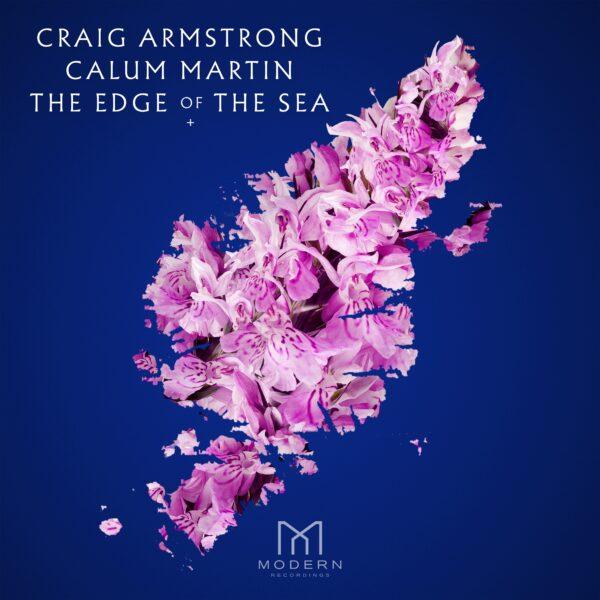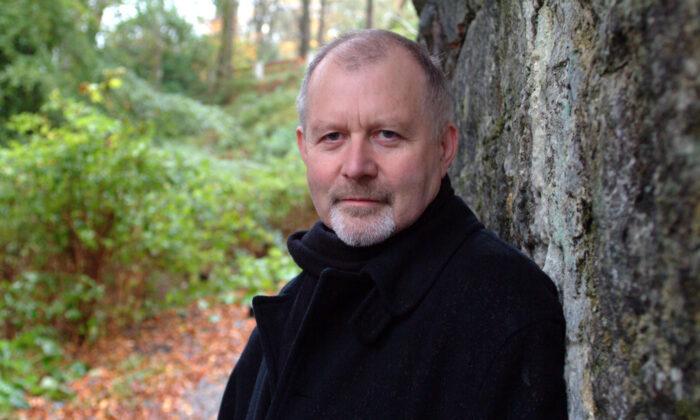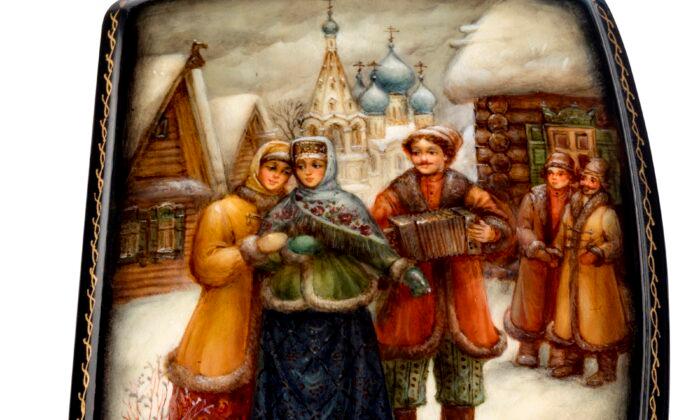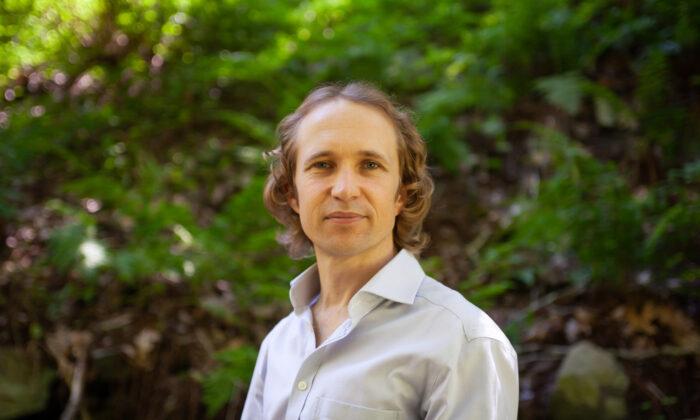“This unique and primal music form has clung to me. Like the clinging of my mother’s love, it never lets go,” says Scottish musical artist and producer Calum Martin.
“What makes Gaelic psalm singing special is the mixture of the voices—the great voices, the voices that are not so great. That mixture in a communal, church setup makes it spiritually, totally unique.”
Gaelic psalm singing is a Scottish tradition dating back to 1659, when Presbyterian ministers translated psalms into Gaelic. A precentor sings the opening lines of the psalm, and the church congregation—which, in the past, could have been a thousand members—float in. No instruments accompany them, so each person sings to his or her own tempo and rhythm, eventually returning to the same note in the melody.
Martin, who teaches Gaelic psalm singing, explains how the tradition simultaneously connects one with the congregation and with divinity.
“There are two things happening at a Gaelic psalm service: the vertical and horizontal,” he says. “The vertical connection is between you and God when you’re singing the psalms. You’ve got the basic melody in your head, but around the basic melody, you are weaving your own unique grace notes to it.”
“At the same time, you’re aware of the horizontal. You’re aware of what other people are doing,” connecting you to hundreds of people in worship. The song and tempo have been slowed down so much that even if a singer goes ahead, the others eventually catch up.
“People say it’s like the to-ing and fro-ing of the sea,” he says.
The Tradition
“Gaelic psalm singing is like a language. It’s always been with me,” Martin says. As a 4-year-old, his grandfather would take him to sing in church.Martin explains that Gaelic psalm singing is first learned at home during family worship every morning and evening. Everyone in the family would sing together, learning the psalms. Then on Sunday, all the families would congregate for Sunday service.
“It was very important that everyone took part in the actual singing,” he says. Since each singer adds his or her own grace notes, it’s a very personal experience. Then, the singers all blend together into the melody, making it a connected sound and feeling as well.
The melodies sung in Gaelic psalm singing come from the 16th-century English Book of Psalms. But Sean-nós (Irish for “old style”) singing, an ancient Scottish and Irish Gaelic tradition, also influenced Gaelic psalm singing. Sean-nós is a highly ornamental a cappella style, allowing singers free expression.
Martin emphasizes that Gaelic psalm singing is not a choir, which typically has a written four-part vocal harmony of soprano, alto, tenor, and bass. A conductor then directs the specific tempo.
Gaelic psalm singing, in contrast, takes the core melody and slows it down.
“Tempo is suspended. It is going so slow that the offset of the tempo along with the grace notes makes it harmonic,” he says.
Martin believes that the effect of just the voices to-ing and fro-ing without instrumentation is like nothing else in music. “The voice is so different from anything. There’s nothing to compare to the voice.”
Across the Ocean
The call-and-response style of “Gaelic psalm singing is in the melting pot of every form of American music,” Martin says, repeating the words of Willie Ruff, a musician and a retired professor of the Yale School of Music.Ruff told Martin that Gaelic psalm singing—like the rhythms from the Caribbean and call and response from Africa—was embedded into the fabric of what would become Americana music.
In the mid-18th century, Martin explains, 50,000 Gaelic-speaking Scots settled in Cape Fear, North Carolina. Both whites and blacks would go to church together and sing in Gaelic. The famous jazz trumpeter Dizzy Gillespie, of Scot descent, had told Ruff about this heritage of Gaelic psalm singing, Martin says.
But it wasn’t until Ruff visited a black Presbyterian church that he really investigated Gaelic psalm singing. Ruff grew up in Sheffield, Alabama. In his youth, he went to a black Baptist church and sang in a form called “lining out,” a forerunner of Gaelic psalm singing.
Lining out is done in a manner similar to Gaelic psalm singing, but it’s in English, the language used before the psalms were translated into Gaelic. Lining out is still sung in certain churches in Alabama and Kentucky.
“Ruff went to this black Presbyterian church and, lo and behold, they sung exactly the same lining out that Willie remembered from his youth,” Martin recounts. Ruff went to the church elders and asked them, “When did you black Presbyterians pinch our black Baptist way of singing?”
The black elders replied: “We’ve always done it like that. It is rumored that on the West coast of Scotland, white Presbyterians do it in the Gaelic language.”
Ruff jumped on a plane and flew to the Scottish Isle of Lewis and Harris in the Outer Hebrides of Scotland, where he met Martin and told him this story.
Preserving His Heritage
“The days of 1,000 people singing regularly at service on the island here at communions, we'll likely never see those days again,” Martin says. “But I hope I’m wrong.”Martin explains that hundreds of thousands of Scots have never heard of Gaelic psalm singing.
“We didn’t hide it from anyone, but it stayed within the church walls,” he says.
As fewer and fewer Scots speak Gaelic, the singing tradition is at risk of being lost forever. Martin has been involved with many initiatives to preserve it, from symposiums with Indian singers to successful online classes during the lockdown, garnering over 10,000 views.
Martin also recently released an album with Grammy-winning composer Craig Armstrong. The album, “The Edge of The Sea,” consists of two new works: “Martyrdom” and “Ballantyne.” The former is based on a traditional late-18th-century melody. For the latter work, Martin wrote the melody. The UK’s leading string orchestra, the Scottish Ensemble, performs alongside a congregation that Martin curated from his home on the isle of Lewis and Harris.

Calum Martin recently released an album with Grammy-winning composer Craig Armstrong.
“We’ve done something that’s never been done before,” Martin says. He’s referring to the combination of instrumental music with real Gaelic psalm singing, which has always been unaccompanied. It was all recorded live, as one take, with no overdubs or sampling.
To Martin, Gaelic psalm singing isn’t just a singing tradition. “It’s part of our DNA. It’s our spiritual tradition. It’s part of who we are,” he says.
J.H. White is an arts, culture, and men’s fashion journalist living in New York.





